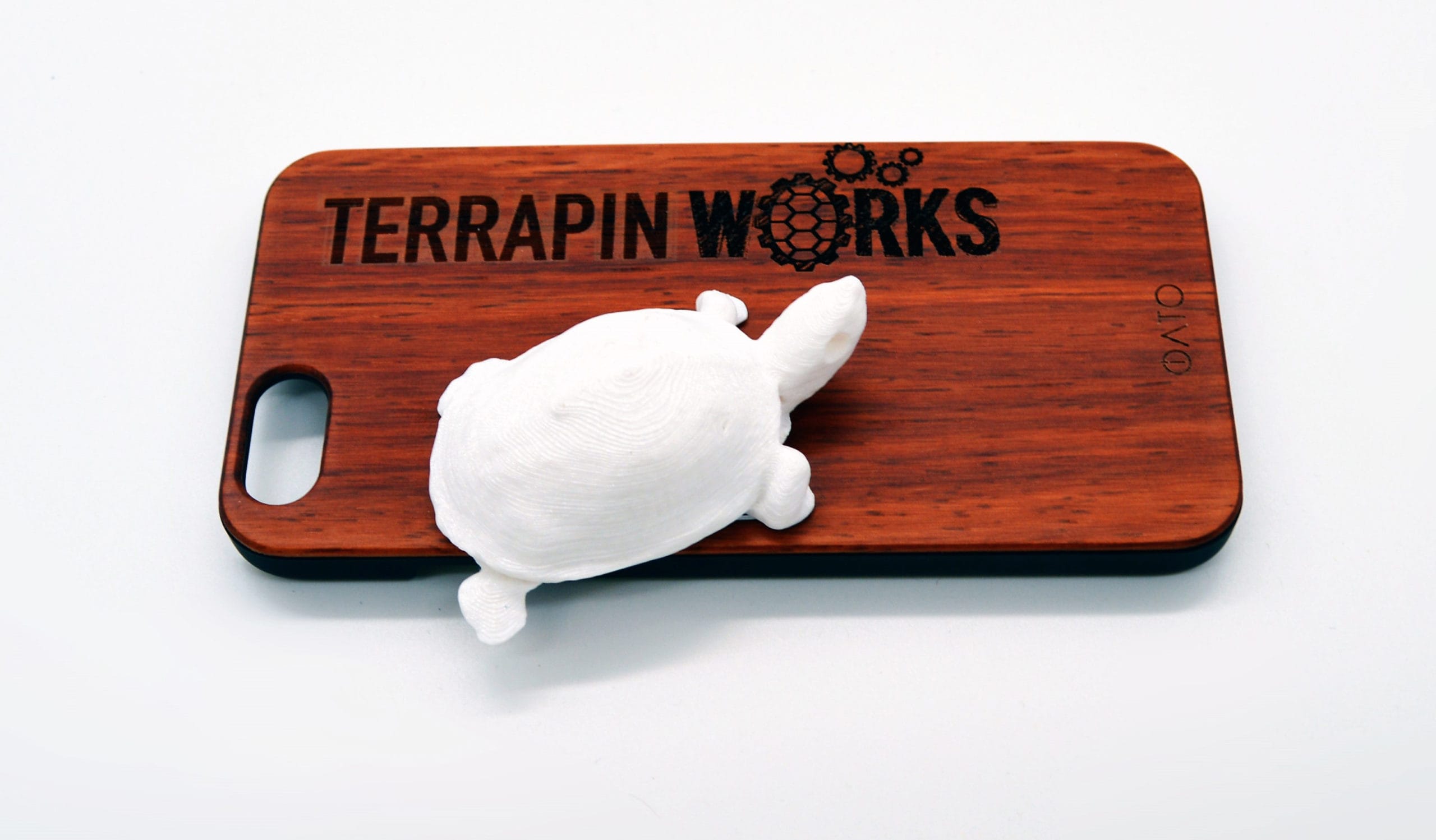Terrapin Works is a sub-unit of Engineering Information Technology in the A. James Clark School of Engineering – part of The University of Maryland. Founded in 2014, Terrapin Works provides rapid prototyping, advanced manufacturing, and digital design resources as a service to the campus and surrounding community. These resources range from consumer, research, and industrial grade 3D printers, to high end subtractive production systems capable of creating complex parts in a variety of materials. In total, Terrapin Works runs more than 200 machines in 17 locations across the campus, covering 28,000 square feet of lab space.
Located just outside Washington D.C., the university is one of the United States’ preeminent public research universities. It’s home to more than 40,000 students as well as 14,000 faculty and staff.
Nick Bentley is a Business Systems Developer for the University of Maryland. Not long ago, he was a student at the university and his interest in IT led him to become involved with Terrapin Works. He was actively involved in selecting PaperCut MF to be used as the basis of a new job request system for this state-of-the-art enterprise.



